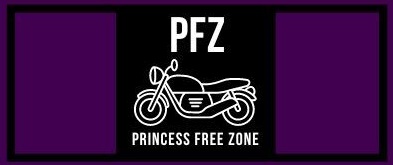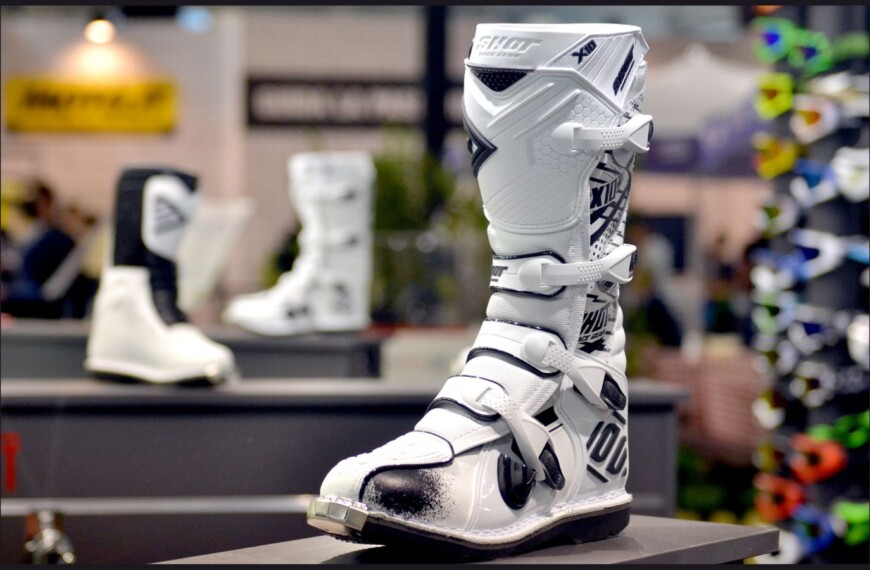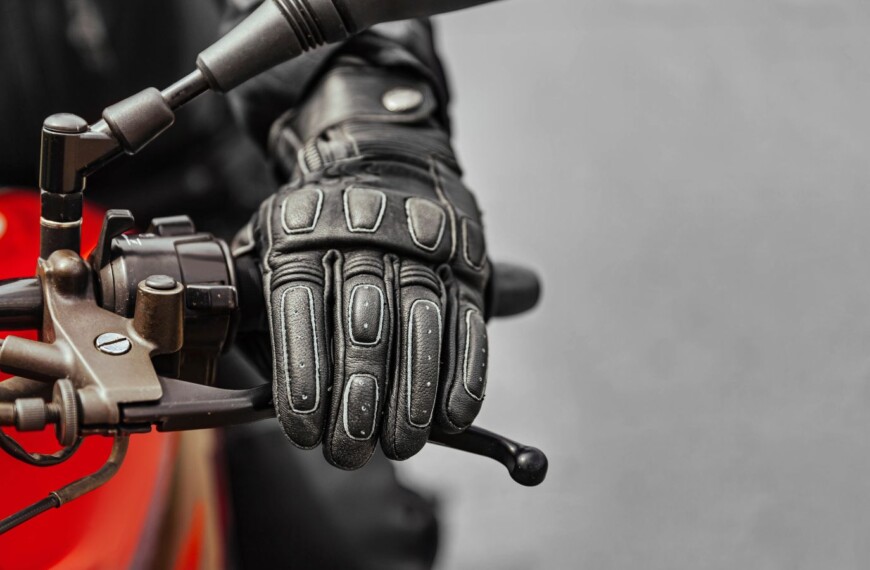Choosing a motorcycle helmet is a critical decision that can influence your safety, comfort, and overall riding experience. Wearing a helmet is not just a legal requirement in many jurisdictions but also a practical necessity to protect your head from potential injuries. With a variety of styles, materials, and features available, how do you make the right choice? In this article, we will discuss the crucial factors you should consider when selecting the best motorcycle helmet for your needs.
Safety Standards
Safety should be your paramount concern when choosing a helmet. Various organizations set safety standards that manufacturers must meet. In the United States, the Department of Transportation (DOT) and the Snell Memorial Foundation are well-known for their rigorous standards. European riders often look for the ECE 22.05 standard. Always make sure your helmet is certified by at least one reputable safety organization.
Material and Construction
Helmets can be made from polycarbonate, composite, and carbon fiber. Each material has its pros and cons:
- Polycarbonate: Affordable but less effective at dispersing impact.
- Composite: A mixture of fiberglass, Kevlar, and carbon fiber. More expensive but offers better impact dispersion.
- Carbon Fiber: Very light and strong but expensive.
Fit and Comfort
An ill-fitting helmet can be a significant distraction and may even compromise your safety. Helmets come in different shapes like round oval, intermediate oval, and long oval to fit different head shapes. Here’s how to measure your head:
- Circumference: Use a flexible tape measure to determine the circumference of your head.
- Width and Length: Measure the distance from ear to ear and from forehead to the back of your head.
- Sizing Charts: Most manufacturers provide sizing charts. Always refer to these for an accurate fit.
Type of Helmets
Different riding styles and preferences lead to different types of helmets:
Full-Face Helmets
These offer the most protection and are suitable for high-speed, long-distance, and off-road riding. They cover your entire face and provide excellent noise and wind protection.
Modular Helmets
Modular helmets provide the convenience of open-face helmets and the protection of full-face helmets. They have a flip-up chin bar but are generally heavier.
Open-Face Helmets
These helmets don’t have a chin bar, leaving your face exposed. While they offer more freedom, they provide less protection compared to full-face or modular helmets.
Half Helmets
These cover only the top half of your head and are the least protective. They’re popular for low-speed, city cruising but are not recommended for high-speed or long-distance riding.
Dual-Sport Helmets
These helmets are versatile, designed for both on-road and off-road use. They combine features of full-face and motocross helmets.
Additional Features
Visors and Shields
Consider whether the helmet comes with anti-fog, anti-scratch, and UV-protected visors. Some also offer Pinlock systems to prevent fogging.
Ventilation
Good ventilation is crucial, especially for long rides or hot weather. Look for helmets with adjustable air vents.
Liner and Padding
Removable and washable liners are a plus, as they make cleaning easier. Some helmets even come with cheek pads to offer a better fit.
Communication Systems
Many modern helmets are “Bluetooth ready,” meaning they have space for speakers and a microphone. Some come pre-installed with these systems.
Price
The cost of motorcycle helmets can range from $50 to $1,000. While expensive helmets often offer more features and better materials, there are budget options that still meet safety standards. Remember that a higher price does not always equate to better safety.
Reviews and Recommendations
Before making a final decision, it’s always wise to read customer reviews and professional recommendations. Additionally, if possible, try on several helmets to see how they fit and feel.
Conclusion
Selecting the right motorcycle helmet is a multi-step process that involves understanding safety standards, considering material and construction, evaluating fit and comfort, and weighing additional features against your budget. Regardless of the style or type you choose, ensuring a good fit and opting for helmets that meet or exceed safety standards are non-negotiable aspects. In doing so, not only do you invest in your safety but also contribute to a more comfortable and enjoyable riding experience.













